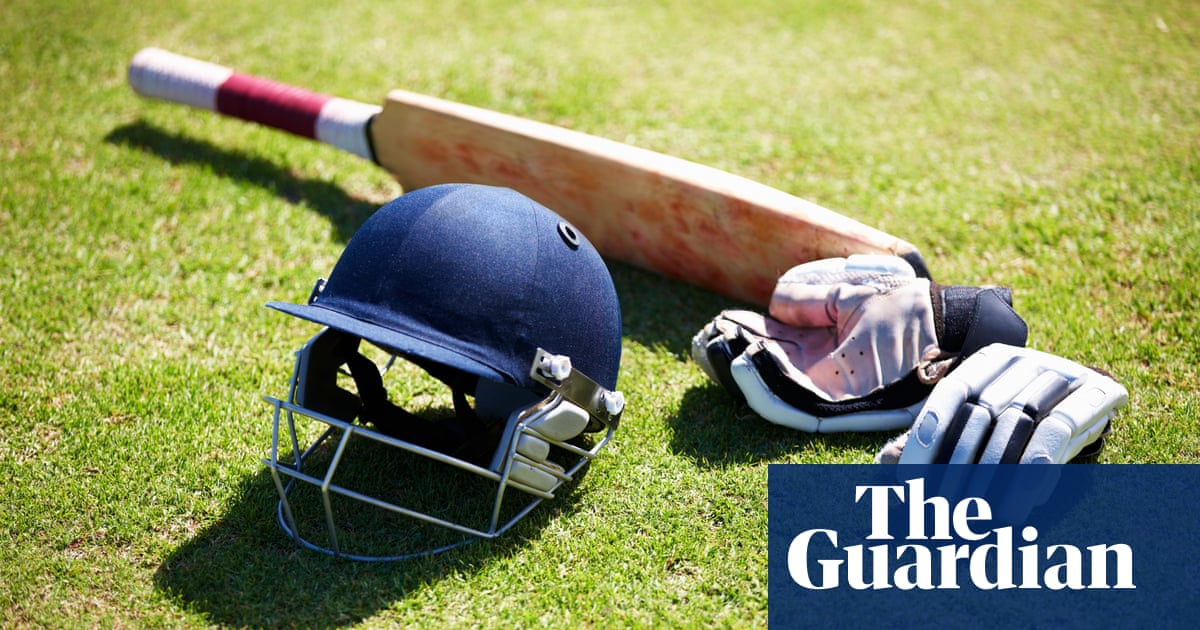The International Cricket Council has become the latest sports body to ban transgender players from the elite women’s game if they have gone through male puberty.
The ICC said it had taken the decision, following an extensive scientific review and nine-month consultation, to “protect the integrity of the international women’s game and the safety of players”.
It joins rugby union, swimming, cycling, athletics and rugby league, who have all gone down a similar path in recent years after citing concerns over fairness or safety.



[1] If this issue is so clear cut, then I wonder why like any guidance by medical organizations for transitioning people state clearly “expect muscle and strength loss at the level that it might affect your grocery carrying experience” (like this https://www.wpath.org/publications/soc ). [2] Don’t forget junk science has targeted women of color, intersex women, and even normal women with high testosterone levels https://www.cnn.com/interactive/2021/07/sport/athletics-testosterone-rules-negesa-imali-running-as-equals-dsd-spt-intl-cmd/ for exclusion from female sports. [3] Now to your “academic” points. Your first reference is written by an inarticulate person reciting long debunked gender stereotypes in some third-world journal, without even backing it up. Low quality article all around, appears like a targeted attempt to give academic substance to age-old stereotypes. In contrast Scientific American has published that “trans girls belong to women’s sport” https://www.scientificamerican.com/article/trans-girls-belong-on-girls-sports-teams/ since “there is no scientific case for excluding them” and “a visualization of sex as a spectrum” https://blogs.scientificamerican.com/sa-visual/visualizing-sex-as-a-spectrum/ which I guess debunks all certainties of the said article. [4] Your second reference is a cherry pick from an article that states exactly the opposite “The 15-31% athletic advantage that transwomen displayed over their female counterparts prior to starting gender affirming hormones declined with feminising therapy.” (from the abstract), so what you have written might be just a little bid …dishonest? [5] And the third is a N=1 case study of one champion? It compares a single person before and after hormones to the “established sex differences”? Come on! I could even bring in articles on your side of the argument that could be more hard to debunk. The Karolinska Institute study is one for example http://biorxiv.org/lookup/doi/10.1101/782557, who went to great lengths to skew the sample to make a seemingly neutral contribution. [6] Look for systematic studies, cherry picking is cheating: Here is a systematic review https://www.ncbi.nlm.nih.gov/pmc/articles/PMC5357259/ It is inconclusive whether testosterone drives athletic performance, and studies are inconclusive about trans women having unfair advantages. But they do point out that prejudice stigma and violence is a factor for transgender athletes. If anyone wants to be fair has to factor in the shit trans women will take in male sports, plus that some male athletes may find it unfair to compete them in case they recognize them as women. Also some athletes and commentators have switched sides about their prior strong rhetoric on the matter https://www.thedailybeast.com/mma-fighter-rosi-sexton-apologizes-to-fallon-fox-for-transphobic-comments and I think Joe Rogan himself apologized to.
[1] Because while strength decreases, empirical research shows that it does not decrease to the level of removing the competitive advantage in women’s sports.
[2] This article contains utterly no discussion about transgender athletes that have already undergone male puberty.
[3] You’re relying on ad hominem attacks instead of actually addressing any of the substantive findings. Moreover, your articles do not contain a single empirical study.
[4] If you read the full article, you would see that it doesn’t decline to the point of removing the advantage, as my quoted sections show. In fact, the very next sentence after the one you quote reads “However, transwomen still had a 9% faster mean run speed after the 1 year period of testosterone suppression that is recommended by World Athletics for inclusion in women’s events.” Your claim of cherry picking is ironic.
[5] Yes, the meaning of a case study is that it studies a single case. Notably, there are only five known transgender swimmers in the NCAA’s Division I, which was the subject of the study. I’m not sure what you’re trying to do by citing another study (ultimately finding that transwomen “were still stronger and had more muscle mass following 12 months of treatment”) in support of my point, but go off I guess.
[6] Your “systematic review” is close to a decade old and, unsurprisingly, doesn’t address any of the studies I cited. Moreover, the study you’re citing consistently admits that it doesn’t have enough information to really make any judgments - and its conclusion is based on the importance of sports for the physical and mental health of transgender people. To the extent it discusses competitive advantage, it does so entirely within the context of androgenic hormones, and contains no discusses of anatomical differences (e.g., larger bodies, longer legs, bigger bones, larger lungs). In addition to citing an outdated study in a rapidly evolving field of research, you then you cite a Daily Beast article – lmfao.